"The Shadow" Explained: A Guide to Unveil the Hidden Self! (Decoding Carl Jung)
Discovering "The Shadow" isn't about finding your dark side, it’s about illuminating everything!
"Unseen yet Influential, the shadow weaves our fate, calling for understanding."
Unknown
Jung’s shadow concept isn't just psychology; it's the untold story of you. By understanding "The Shadow", we unlock the potential for profound self-realization.
What is "The Shadow"? It's a collection of repressed traits, emotions, and instincts. Far from being only negative, it includes any parts of ourselves we don't acknowledge or accept. Whether it’s ambition, creativity, or vulnerability, these hidden aspects can enrich our lives when integrated.
The journey through our inner darkness isn’t about confrontation; it’s about acceptance and transformation. Through this exploration, we not only face our fears but also meet our potential. Embracing "The Shadow" can lead to an incredible personal renaissance, turning self-awareness into a superpower. Let's step into the light together by understanding the dark.
Introduction
In the boundless realms of human consciousness, a hidden entity lurks, concealed in the shadows, waiting to be unveiled. This entity, termed "The Shadow" by the legendary Swiss psychiatrist Carl Jung, is not a mere philosophical speculation but a tangible, living fragment of our existence. Picture not the reflection you perceive in the mirror each day, but one shrouded in the fog of repression, terror, and societal constructs.
This unseen reflection symbolizes the segments of our soul we've either buried or deliberately ignored. However, with the right luminescence, with the correct angle of perception, it has the potential to be observed, comprehended, and ultimately, accepted. As we embark on this odyssey to decipher the mysteries of the shadow, we'll penetrate its roots, its expressions, and its irrefutable sway over our existences.
The shadow compels us to confront our deepest terrors, unfulfilled desires, and unrealized potentials, urging us forward on a radical journey of enlightenment and transformation. And, to make this journey truly transformative, we will not only delve deep into this profound concept but also share a practical guide to shadow work, illuminating the path to self-discovery and self-realization. So, stay with me, as this confrontation with the shadow is not a battle, but an intricate interweaving of acceptance, realization, and ultimate unification.
What is the Shadow?
Carl Gustav Jung, a name synonymous with depth psychology, introduced the world to an enigmatic yet crucial component of the psyche – “The Shadow”. But what exactly is the shadow? In Carl Jung's words: "Everyone carries a shadow, and the less it is embodied in the individual’s conscious life, the blacker and denser it is." At its core, the shadow is a repository of those emotions, desires, and attributes we distance ourselves from, either intentionally or unconsciously. It's the side of us that remains unseen, like the dark side of the moon, perpetually hidden from our view.
This shadow self is not necessarily negative. Instead, it encompasses traits that, for various reasons, don't align with our conscious self-image. It's the anger we suppress, the desires we deny, the ambitions we're afraid to acknowledge. The shadow is the whispered secrets we tell ourselves late at night, the dreams we're too afraid to chase, and the fears that paralyze us.
Carl Jung emphasized the moral implications of grappling with our shadow, stating, “The shadow is a moral problem that challenges the whole ego-personality, for no one can become conscious of the shadow without considerable moral effort.” This draws attention to the profound inner work required, highlighting the integral moral and conscious effort needed to confront and integrate this aspect of our being.
So, why is it so vital to understand this concept? Because the shadow, when left unchecked, can manifest in ways we might not anticipate. It might emerge as an unexplained resentment, a sudden burst of anger, or even moments of self-sabotage.
By understanding our shadow, we arm ourselves with the knowledge to anticipate, understand, and integrate these manifestations, paving the way for a more harmonious existence. As we journey deeper into this exploration, remember: understanding the shadow is not about vanquishing a foe but about embracing a long-lost part of ourselves.
The Dual Shadows
In delving into the depths of our psyche, we encounter a bifurcation: the Personal Shadow and the Collective Shadow. Both are distinct yet interconnected.
The Personal Shadow
The Personal Shadow is forged through individual experiences, traumas, and personal rejections. Think of those moments when, as a child, you were reprimanded for a certain behavior or emotion. Over time, these rejections accumulate, forming the personal shadow, a reservoir of suppressed feelings, desires, and traits. For instance, an unaddressed personal shadow might lead to unexplained resentment or self-sabotage, subtly influencing our daily interactions and decisions.
The Collective Shadow
The Collective Shadow, however, is a societal construct. It's birthed from collective experiences, shared histories, and societal norms. The prejudices we witness, the stereotypes we unwittingly internalize, and the collective fears we harbor all contribute to the formation of this collective shadow. For instance, societal traumas like wars, pandemics, or significant economic downturns shape the collective unconscious, leaving shadows that can last generations.
A stark manifestation of the collective shadow was witnessed in the atrocities committed during World War II, a period marked by acts of savage terror, reflecting the unexplored and unacknowledged parts of the collective human psyche. Such instances underscore the profound impact the collective shadow can have, driving mankind to unparalleled cruelty when left unchecked.
Carl Jung, reflecting on the collective shadow, remarked, “The gigantic catastrophes that threaten us today are not elemental happenings of a physical or biological order, but psychic events. To a quite terrifying degree, we are threatened by wars and revolutions which are nothing other than psychic epidemics.”
Understanding the Different Shadows
Understanding the different shadows is pivotal. While the personal shadow necessitates individual reflection and integration, addressing the collective shadow demands societal introspection, dialogue, and collective healing. It's essential to recognize that these shadows, both personal and collective, are not independent entities but are intertwined, influencing, and molding each other. Exploring the manifestations of these shadows and understanding their transformative power enables us to embark on a journey of both personal and collective healing, integration, and enlightenment.
The Personal Shadow's Manifestation
The personal shadow, concealed yet potent, subtly shapes our actions, decisions, and interactions. Those moments of unexpected anger, irrational fears, or unexplained sadness are its echoes, resonating within our conscious existence. It's a hidden performer, sporadically stepping into our lives, unveiling its presence unexpectedly.
But the shadow is more than a reservoir of negative emotions. It's also a sanctum of stifled talents, unacknowledged strengths, and abandoned passions. Herein lie the talents discouraged, the dreams forsaken for societal acceptance, and the strengths overshadowed to conform. The shadow is not merely a domain of concealed darkness but also a sanctuary of unexplored brilliance.
Recognizing these echoes is the precursor to integration. It demands deep introspection, confrontation of unsettling truths, and a rediscovery and acceptance of the fragmented parts of our being. Understanding the nuanced interplay of the personal shadow augments our self-awareness, guiding us to a life of harmony and authenticity.
The Shadow's Defense Mechanism
At times, when we glimpse facets of our shadow, our immediate reaction might be of repulsion or denial. This defensive reflex, termed as “projection” in Jungian terms, is a mechanism by which we deflect attributes we cannot reconcile with onto others. Imagine a scenario where a colleague's success triggers inexplicable resentment. While it appears to be jealousy, it might be your shadow's buried ambition and suppressed potential clamoring for attention. Instead of confronting these feelings, we often project them, attributing our internal turmoil to external factors.
This projection is not merely a means of self-deception; it's a mirage that distorts our perception of others. By projecting our fears, insecurities, and unacknowledged desires onto those around us, we construct an altered reality, one that justifies our feelings and reactions, irrespective of their validity. While projection shields our ego temporarily, it also widens the chasm between our conscious self and the shadow, perpetuating a cycle of misunderstanding and self-deception.
Understanding and recognizing our tendencies to project is pivotal. It is the bridge between remaining ensnared in a web of self-deception and embarking on a transformative journey towards self-awareness and growth. Unveiling the intricate dance of projection and its consequences illuminates the path to introspective clarity and fosters a deeper understanding and harmony within our being.
The Importance of Shadow Recognition
For many, the shadow remains an uncharted territory, a realm best left unexplored. Yet, Carl Jung, through his extensive work, emphasized the monumental significance of recognizing and assimilating the shadow. Imagine navigating a labyrinth without a map, with each turn leading to dead-ends or deeper into confusion. An unrecognized shadow is akin to this labyrinth, influencing our actions, decisions, and interactions from the shadows, leading us astray.
By recognizing our shadow, we not only chart this labyrinth but also illuminate it. We start discerning patterns, understanding triggers, and predicting reactions. It's a journey of introspection, of confronting uncomfortable truths, and of gradual integration. An integrated shadow doesn't mean its dissolution. Instead, it implies a harmonious coexistence, where the shadow and the conscious self are in dialogue, leading to a balanced, authentic existence.
Embracing the shadow is transformative. As Carl Jung said, "One does not become enlightened by imagining figures of light, but by making the darkness conscious." It's about acknowledging our vulnerabilities, understanding our potential, and embarking on a path of holistic self-awareness. Delving into the multifaceted benefits of shadow recognition reveals its profound impact on our personal and collective psyche, illuminating the path to holistic self-awareness and authentic living.
Embracing Both Sides
The shadow, often misconceived as a domain of darkness, is equally a realm of unexplored illumination. It harbors subdued talents, unacknowledged strengths, and untapped potentials. Embracing the shadow is a reunion, a harmonious amalgamation of acceptance and understanding.
Each emotion, desire, or trait relegated to the shadow has its roots. It might be the remnants of societal expectations, personal traumas, or the fear of being judged. By acknowledging the shadow, we give a voice to these suppressed fragments, allowing them to manifest in our conscious life. It’s like assembling a puzzle, with each fragment contributing to a holistic, authentic portrayal.
The act of embracing the shadow is transformative, opening avenues for personal growth, genuine interactions, and profound self-understanding. The exploration and acceptance of the shadow cast light on unseen potentials, fostering a life of enriched interactions and authentic existence.
Navigating the Shadow: A Practical Guide to Shadow Work
Embarking on the exploration of the shadow — often referred to as “shadow work” — is akin to traversing uncharted terrains within our psyche, terrains that are often daunting yet illuminating. It's about shattering conventional paradigms and delving into the unexplored realms of our being with audacity and openness.
Let’s dive into some strategies to help navigate this exploration, effectively engaging in shadow work:
Step One - Unfiltered Reflection
Start with an unfiltered reflection, allowing yourself to sit in solitude and confront the emotions, desires, and traits you’ve shrouded in darkness. This is not about surface-level introspection but about peeling back the layers, revealing the untouched and unaccepted parts of your being. This step can be emotionally intense, demanding both time and patience, but it is crucial in shadow work, as it lays the foundation for the subsequent process.
Step Two - Radical Acceptance
Embrace each revealed facet with radical acceptance, irrespective of its nature. It’s about disentangling from societal judgments and personal biases, allowing each aspect to exist without the need for justification or alteration. In shadow work, acceptance is a pivotal step that facilitates the integration of the shadow. Cultivating self-compassion is paramount during this challenging yet essential stage.
Step Three - Constructive Rebellion
Rebel against the ingrained conditioning and imposed norms that have shaped your shadow. Question the validity of the rejections and the suppressions, allowing yourself to redefine your values and beliefs autonomously. Shadow work involves a reevaluation and restructuring of our ingrained beliefs and values.
Step Four - Transformative Integration
Integrate the uncovered facets into your conscious existence, allowing them to coexist and interact with your acknowledged self. This transformative integration is about creating a cohesive existence, one that is unfragmented and authentic. In the journey of shadow work, integration is the ultimate goal, allowing for a harmonious existence between the conscious self and the shadow.
The maintenance of this newfound harmony and balance hinges on ongoing effort and conscious attention. Remember, navigating the shadow and engaging in shadow work is not about adherence to established norms but about forging your path, one that is unapologetically authentic and enlightening.
Conclusion
The exploration of the shadow, as proposed by Carl Jung, is not a mere psychological exercise. It's a transformative journey, one that beckons us to delve deep, to confront, and eventually to embrace.
Like a sculptor chiseling away at a block of marble, recognizing and integrating the shadow helps chip away at our accumulated pretenses, fears, and societal conditionings, revealing a masterpiece underneath: our authentic self.
The shadow, with all its intricacies, is not an adversary. It's a guide, a silent companion on our journey towards self-awareness, growth, and authenticity.
As we conclude this introspective voyage, remember in Carl Jung’s words, “Until you make the unconscious conscious, it will direct your life and you will call it fate.” The shadow isn't a realm of darkness to be feared but a treasure trove of untapped potential, waiting to be discovered.
Like & Share
Thank you for exploring the human psyche with me. If this journey resonated, support our collective quest by liking and sharing!
Leave a Comment
I'm curious to hear about your experiences with shadow work.
Have you ever encountered aspects of yourself that surprised you?
Share your insights below!
Watch on YouTube
Curious to explore deeper? Watch the full video for a detailed guide on navigating and integrating your shadow for personal growth.
Listen on Spotify
Visit my Website
Check out my website and learn more about me and my content.
Support My Mission on YouTube
Get exclusive access to perks, early videos, artwork, playlists, tools and more!
Join Our Discord Community
Connect with like-minded seekers in real time and engage in discussions
My Curated Library
Find my top book recommendations and enrich your understanding.
Tools and Artifacts
Discover tools and artifacts that enhance spiritual practices.
Support My Mission on Patreon
Get exclusive access to perks, ad-free videos, discounts, artwork, chats, and more!
Shop Gifts & Official Merchandise
Explore products to inspire your journey. I appreciate your support!
Connect on Social Media
Use the link below to easily find me on all platforms through my Linktree.


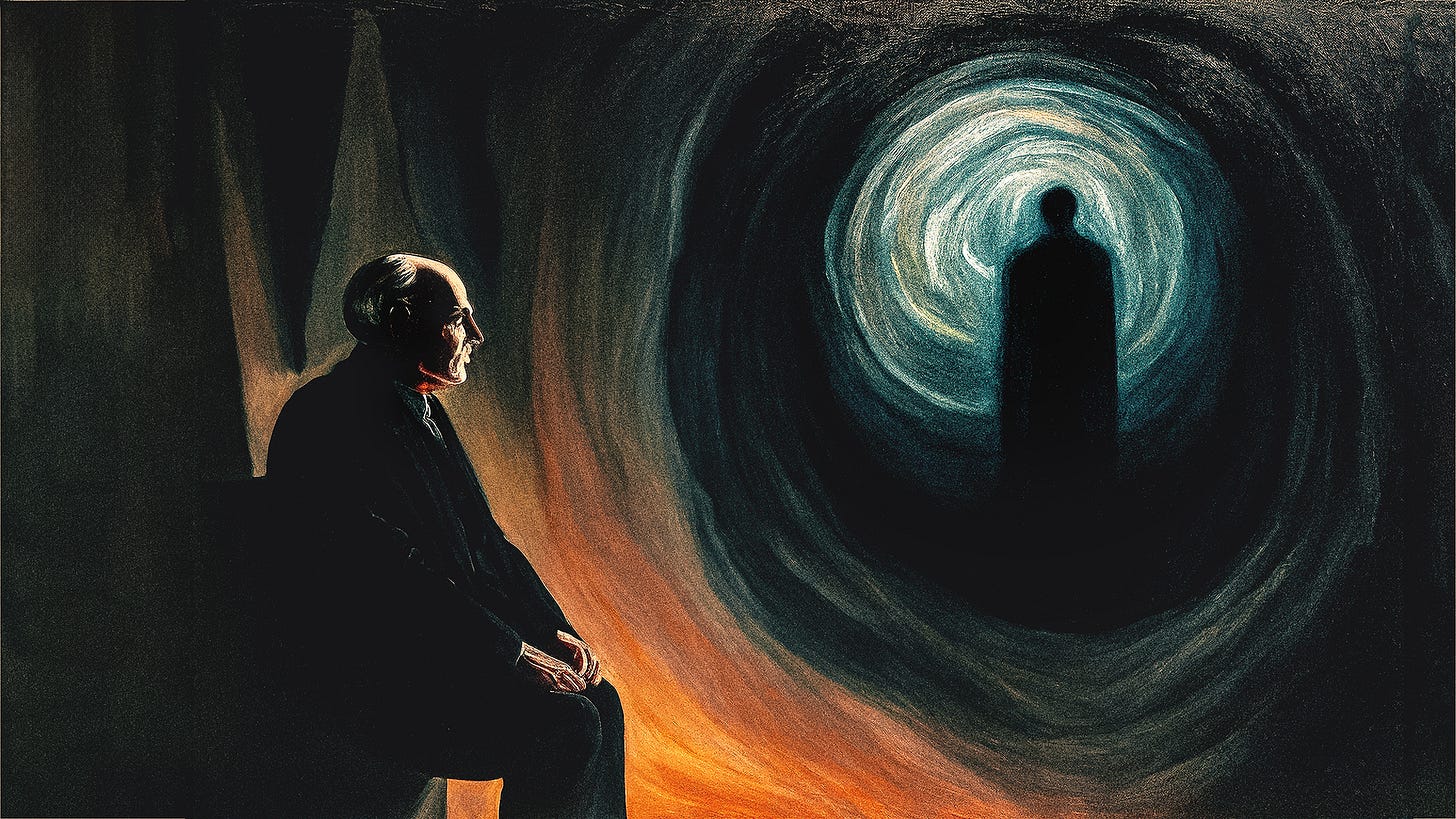
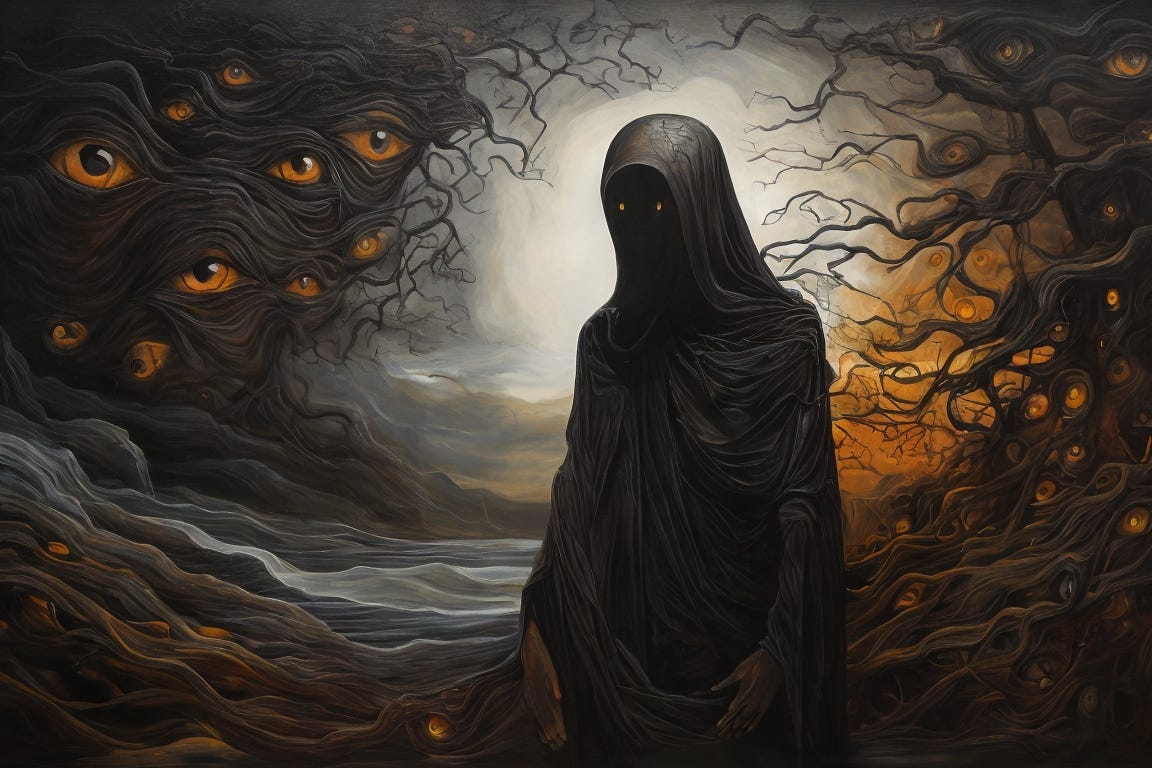

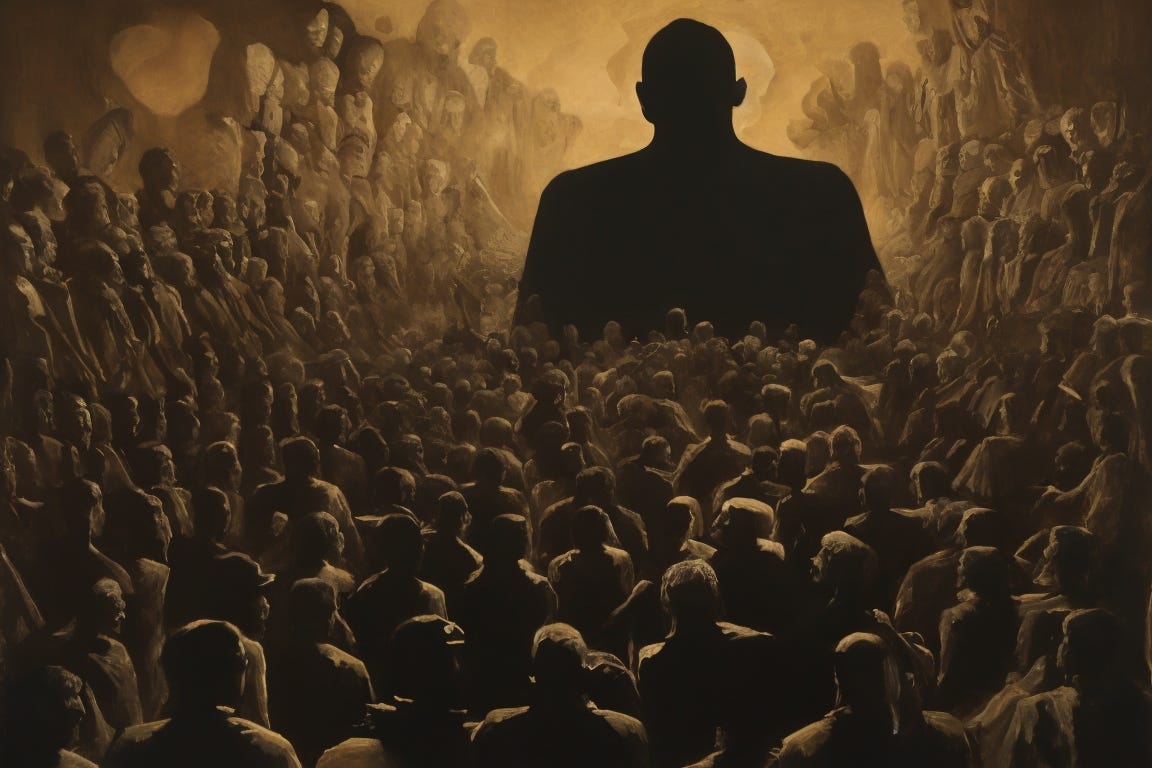
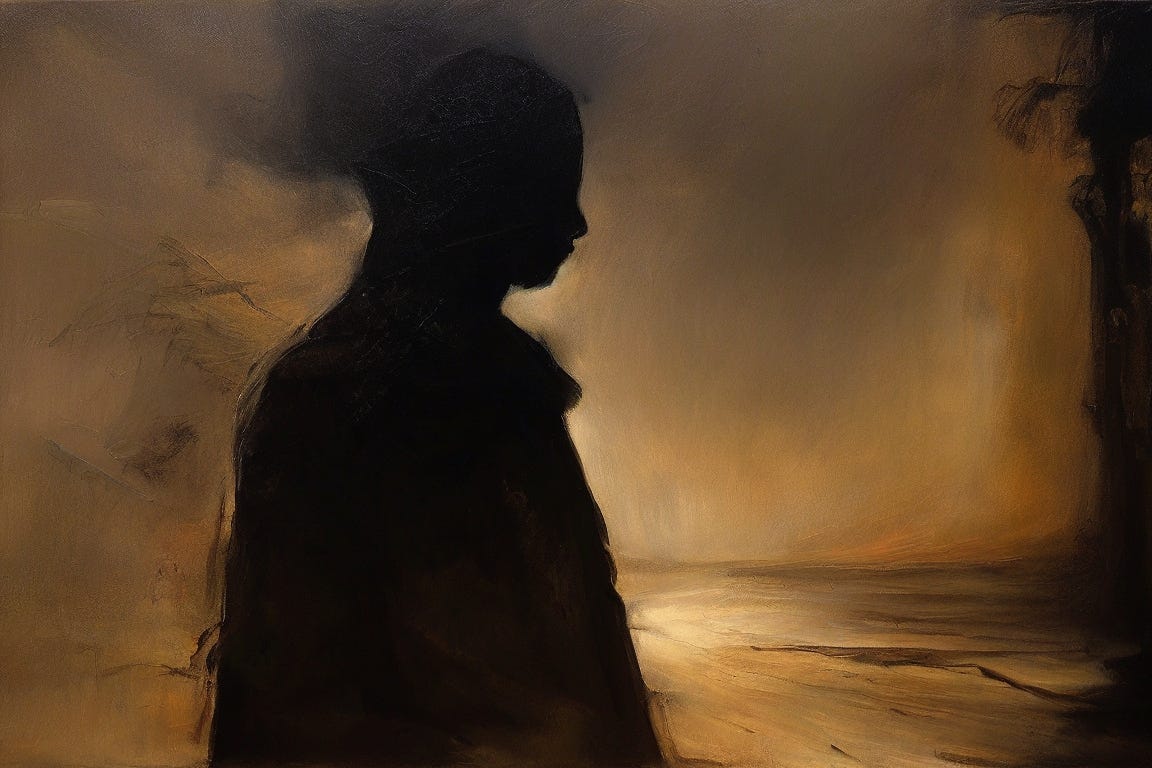
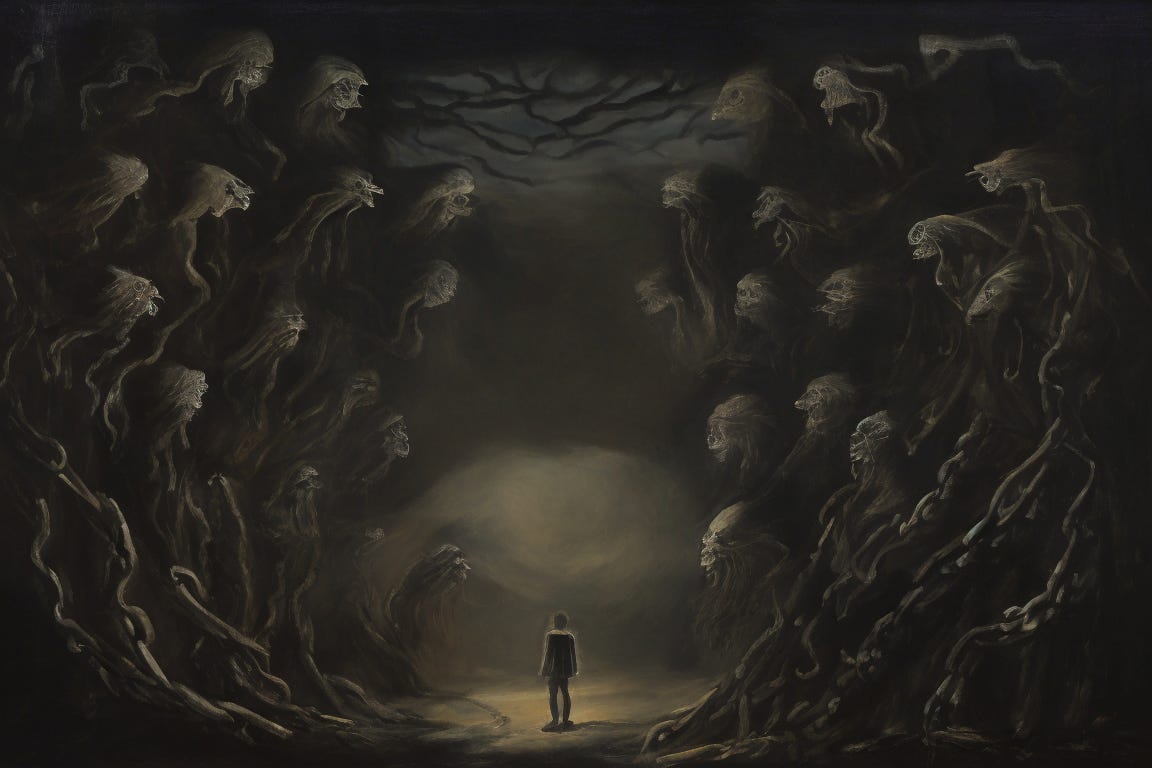

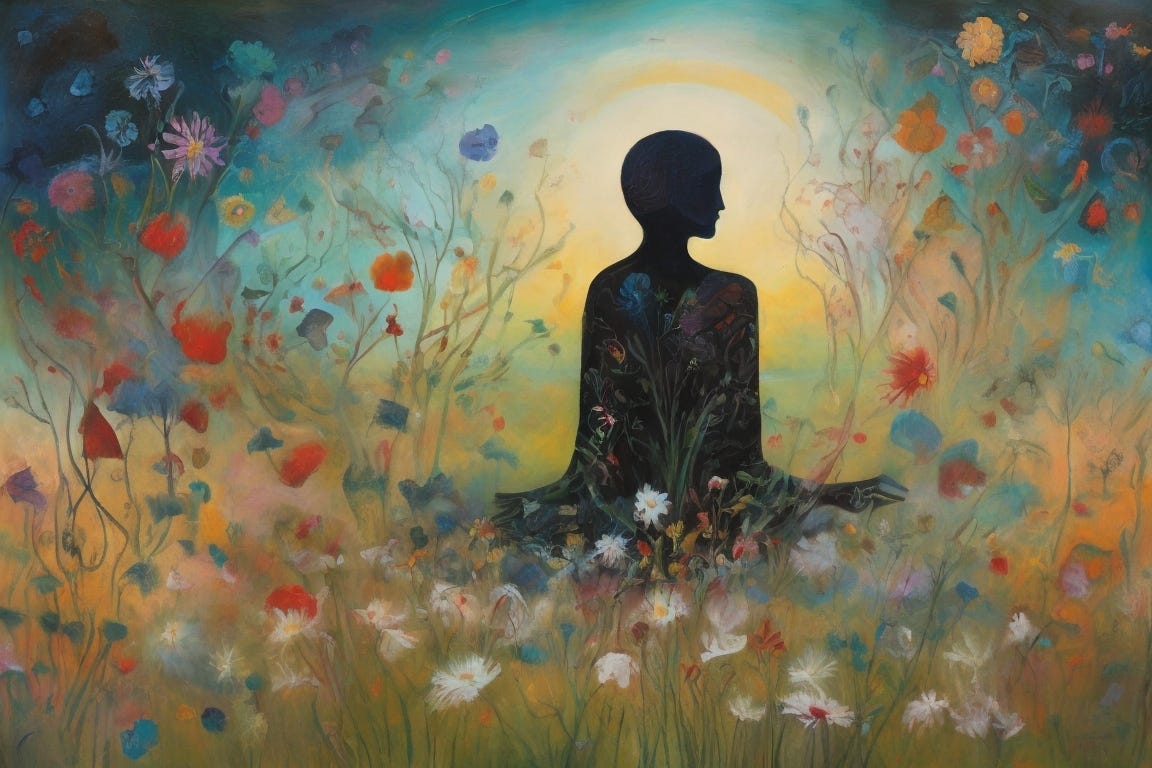


🌟 Thank you for embarking on this enlightening journey exploring Carl Jung's concept of the Shadow and delving into profound shadow work with me!
👁 If you've had any insights, breakthroughs, or reflections while watching, please share them below – your experiences can be a beacon of light for others!
❤️ Don't forget to like this post if you found value in it and subscribe for more content aimed at fostering self-discovery, personal growth, and enlightenment!
💬 Let’s continue the conversation and cultivate a community where we can all learn, grow, and awaken together!